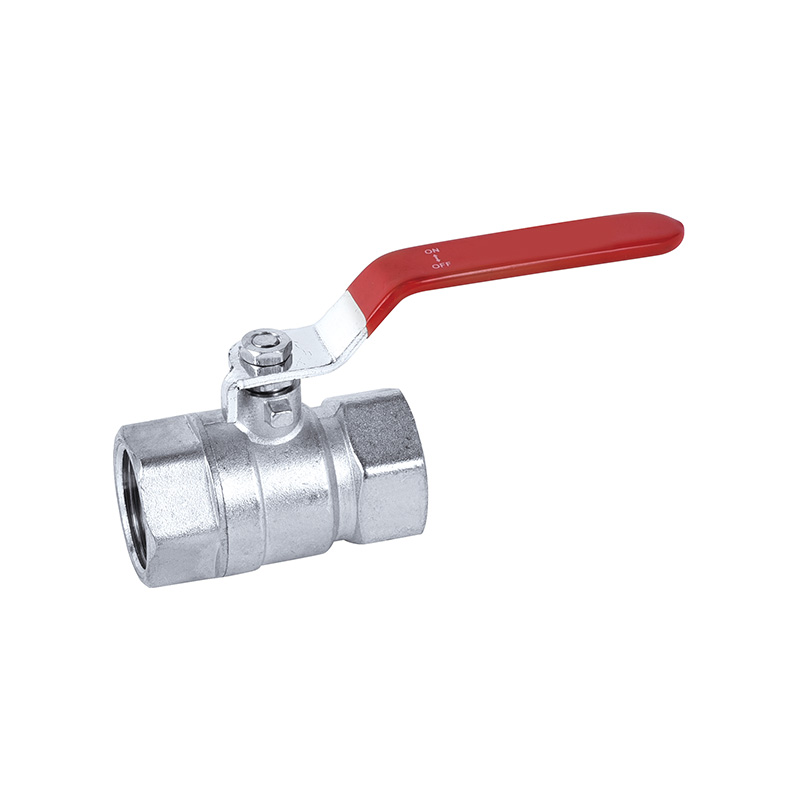Pipeline Sanitary Fittings: A Comprehensive Introduction
Hydro Sanitary Heating Valves Manufacturer differ from standard plumbing fittings in that they are made of materials that can withstand frequent cleaning and sterilization. Additionally, they are often designed with smooth surfaces to prevent the accumulation of dirt, bacteria, or other contaminants.

Types of Pipeline Sanitary Fittings
There are several types of sanitary fittings, each serving a specific function in the pipeline. These fittings are available in various sizes and configurations to suit different applications. The common types of pipeline sanitary fittings include:
Elbows
Elbow fittings are used to change the direction of the pipe. They come in various angles, including 45°, 90°, and 180°, and can be made from materials like stainless steel to maintain cleanliness. Elbows are essential for diverting the flow of liquids, gases, or powders in sanitary pipelines without compromising hygiene.
Tees
Tees are used to create a branch in a pipeline, allowing the flow to split into two directions. These fittings are critical in systems where multiple pathways are needed, such as in cooling, heating, or flow diversion applications.
Reducers
Reducers are used to connect pipes of different diameters, ensuring a smooth flow between sections of a pipeline. Sanitary reducers are essential in applications where the flow needs to be regulated or adapted without causing turbulence, which could affect the integrity of the contents.
Union Fittings
Union fittings are designed to easily connect and disconnect pipes without requiring the removal of large sections of the pipeline. These fittings are especially useful when maintenance or cleaning is needed. They allow for quick disassembly while maintaining a tight, secure seal.
Flanges
Flanges are used to connect pipes, valves, and other components in a sanitary pipeline. They are typically bolted together and sealed with a gasket to prevent leakage. Sanitary flanges are often used in systems that require frequent disassembly for cleaning and maintenance.
Valves
Valves in sanitary systems are designed to control the flow of liquids or gases. These fittings come in various forms, including ball valves, butterfly valves, and check valves. Each type of valve serves a different purpose, such as regulating pressure, controlling flow, or preventing backflow in sanitary piping systems.
Sight Glasses
Sight glasses allow operators to visually monitor the contents of a pipeline without opening the system. These transparent fittings are essential in industries where visual inspection of flow is necessary, such as monitoring the consistency of food products or pharmaceutical solutions.
Materials Used in Sanitary Fittings
The materials used in the construction of pipeline sanitary fittings are selected based on their ability to withstand the harsh conditions of frequent cleaning, sterilization, and exposure to various chemicals. The common materials used in sanitary fittings include:
Stainless Steel: Stainless steel is the widely used material for sanitary fittings due to its corrosion resistance, durability, and ability to withstand high temperatures and pressure. It is easy to clean and does not allow bacteria or contaminants to accumulate on its surface.
Polished Steel: Polished steel fittings offer a smooth surface finish, which reduces the risk of contamination by crevices where bacteria could harbor. The smooth finish also makes it easier to clean and maintain.
Aluminum: Aluminum is used in some sanitary fittings due to its light weight and corrosion resistance, although it is less common than stainless steel in industries requiring strict sanitation standards.



 English
English русский
русский Español
Español عربى
عربى


